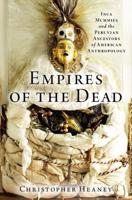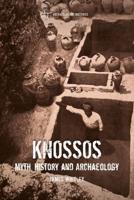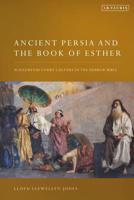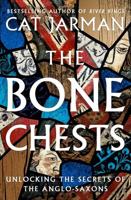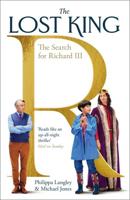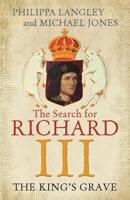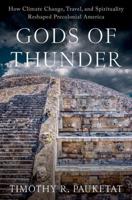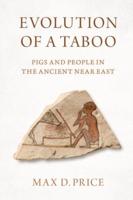Publisher's Synopsis
Tel Miqne-Ekron is one of the largest and most significant Iron Age archaeological sites in Israel. Based on fourteen seasons of excavations, this volume in the Tel Miqne series documents remarkable finds from the late Iron Age II Philistine temple. Immediately before its destruction at the hands of the Neo-Babylonians, the biblical city of Ekron had reached its zenith as a vassal of the Neo-Assyrian empire. The remains from Temple Complex 650 mirror Ekron's wealth and position at the crossroads between Neo-Assyrian, Phoenician, and Philistine cultural traditions. This archaeological report contains stratigraphic analyses; a discussion of the temple's architectural features; analyses of small finds, including a remarkable trove of ivory objects; comprehensive documentation, including quantification analyses of the vast ceramic assemblage; and, importantly, a discussion of the Ekron Royal Dedicatory Inscription, considered one of Israel's most noteworthy archaeological finds of the twentieth century. Together with the evidence from the other fields of excavation, Tel Miqne-Ekron 10/1 establishes the basis for defining Ekron as the type-site for Philistia in the Iron Age II.
An essential resource for archaeologists, biblical scholars, and historians specializing in the ancient Near East, Tel Miqne-Ekron 10/1 is of vital importance for reconstructing the history of the Southern Levant in the Iron Age. In addition to the coauthors, the contributors include Eleanor F. Beach, David Ben-Shlomo, Baruch Brandl, Jeffrey R. Chadwick, Alexandra S. Drenka, Adi Erlich, Amir Golani, Edward F. Maher, Ianir Milevski, Alla Rabinovich, Christa SchŠfer-Lichtenberger, and Anna de Vincenz.

